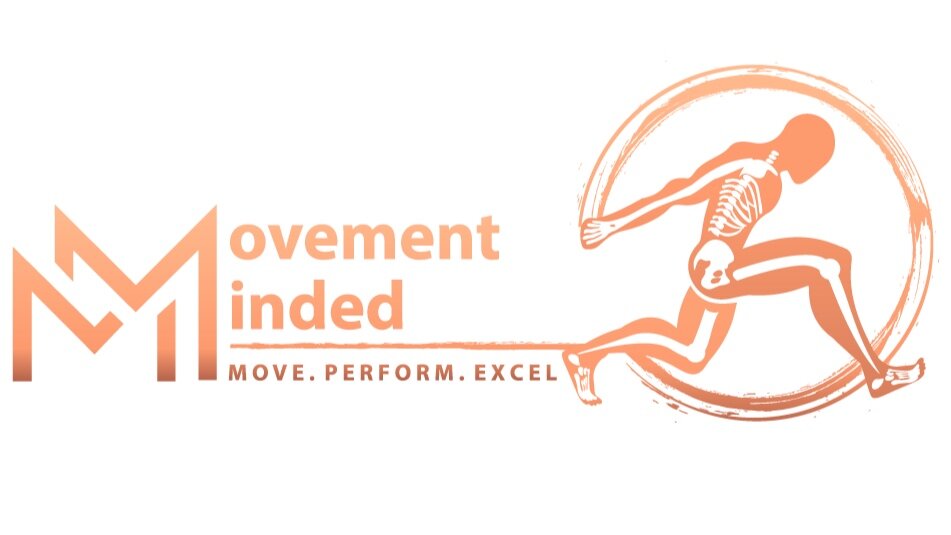How to Think Like a Doctor with a Total Body Approach and Make Sense of Your Sitting Posture During Your Commute
Anyone else find themselves sitting like this on their commute?
Let’s break this down and understand a little bit more about my body. I unconsciously pick a seat on the right side of the train and don’t even realize that this is no accident. My subconscious already determined I was going to sit on the right side before I got on the train. Creatures of habit? OR maybe my body and brain prefer to be in certain positions or postures that it finds familiar or easy to achieve.
Like many people out there I am “stuck” or compressed in my right side at my neck, ribcage, and pelvis/hip. I “choose” to sit on the right side of the train next to the window so that I can utilize the right sided arm rest and window to lean into and achieve that right side compression in my neck and ribcage that my brain craves for a sense of security. I slump down in the seat and rest my right knee on the seat in front of me. My hip now feels assured with compression achieved through internal rotation, adduction, and flexion of my hip. My low back is compressed on my right side through side bending to fall right in line with my compressed hip and ribcage. I breathe best into my left lung in this position with the right side compressed and help expand the space in my flexed ribcage by lightly and repetitively shrugging my shoulders engaging in my upper traps to create vertical space for my lungs. How does 2+ hours a day 3-5 times a week add up? Do we expect that spending 10+ hours a week or more in this position doesn’t carry over to the rest of our life and how we breath, move, or perform during work outs/sports/recreational activities?
This doesn’t just speak to how I choose to sit and having poor posture on my commute. These same decisions are being made for how I go up and down stairs, how I walk, which side I carry my backpack on, and how I like to stand in line at the store. You ever just wake up and think “wow, I just slept wrong and my neck is killing me”? The more likely story is that activities and postures like this fly under the radar and eventually there is a breaking point. Sometimes we don’t just wake up with it but the positions we live are life in are exacerbated when we get more active, try a new activity we have never tried, or when we return to something we used to do with full effort.
This is exactly why we treat total body in our practice. If you come in and see me for your right knee that is bothering you and we treat it in isolation, we will miss some of the biggest contributing factors and inefficiencies that exist in your body. We will get your range of motion, strength, and mechanics in order and wonder why you still run into issues and continue to have pain when everything is “back to normal” in your knee. The dysfunctions that exist in the picture above (right-sided compression) with inability to decompress your hip, low back, and ribcage may lead to consistent and repetitive irritation.
So what do you do about it?
Raise your awareness to some of the unconscious decisions your brain and body make based on what you typically favor. Don’t be subject to the positions your brain has decided are best for you. Learn how to identify and influence your posture. You realize you only like to sit on the train with a right sided armrest or leaning up to a right sided window. Choose to sit in a left sided set up or mix it up on a daily basis (Tuesday/Thursday I sit on the right side and Monday/Wednesday/Friday I sit on the left side).
Below are some of the drills that we encourage for balance and mobility with sitting postures. These drills are AiM (Anatomy in Motion) based which is one of the primary treatment techniques we implement in our practice to address dysfunctions that exist between the skull, ribcage, pelvis and associated body parts that interact with these areas in 3 dimensions.
Pelvic Rotation: Drive one knee back while your reach the other knee forward (loading into the side you are bringing back feeling the adductor or inner groin muscles engaging while you get out of or decompress the opposite side)
Ribcage Side Bending with Skull Dissociation: Bring the ribs on one side down to your pelvis initiating from your obliques. At the same time side bend your neck in the opposite direction. This should close down the side you are going to and open up the opposite side. Take a deep breath without raising your shoulders. This should open up the side you are bending away from
Seated Extension COG: Bring chest out as you pinch your shoulders together and rotate your arms out. Roll the pelvis forward to arch the back. Tuck your chin keeping your eyes level. Take a deep breath in and fill up air into the front of the ribcage without raising your shoulder up.
Seated Flexion COG: Roll your pelvis back towards the direction of the back of the seat. Bring your ribs down to your pelvis. Look up leading with your chin to extend the neck.
I suggest you use these drills to promote mobility while in these prolonged seated positions. Second to promoting mobility you want to assess differences side to side such as Right vs Left when performing pelvic rotation or side bending of the ribcage as well as the differences you feel with the Flexion COG vs Extension COG alternating back and forth between the two positions. Take a mental note of how well you are able to breathe into the ribcage with the Flexion/Extension COG and the Ribcage Side Bending Drill. Focus on the improving the movements that are more restricted or difficult to perform to promote balance. Try some of these drills on your commute and if you find something particularly painful/difficult or notice significant asymmetries side to side please reach out and we can talk to you more specifically about some of the issues you are experiencing.
Is that enough?
Raising your awareness to typical postures and movement patterns, gaining access to more functional movement, and adding balance to your daily life can definitely make a huge difference but it is not even close to the finish line. We believe in truly eliminating injuries in our practice which means we don’t put band aids on injuries and give you a recipe of things to manage it for the rest of your life. We change the movement patterns memorized by your brain and replace them with functional patterns that serve you. Rewiring good patterns and postures in order to get your brain to accept a variety of positions that serve to promote functional movements as opposed to consistently dysfunctional positions and movement patterns. Breathing is a vital component of this including getting your body to breathe in positions that it typically fails to breathe in or breathe well in. The average person breathes 22,000 times a day and while steps vary on a daily basis per person it is also in the thousands. Things we do thousands of times every day often get neglected with traditional physical therapy and interventions. PRI Postural Restoration Institute) is another primary treatment technique we implement in our practice and focus on working with asymmetries in the body with interventions designed to promote repositioning to allow your body to get into positions, breathe, and appropriately activate muscles in order to restore functional movement and patterns. AiM allows us to help rewire patterns and develop more functional patterns through the gait cycle in ways your brain is willing to accept and memorize new information. This allows us to give our patients a permanent solution to put injuries behind them and not have to manage it for the rest of their lives.
If you are interested in discussing dysfunctional sitting postures and eliminating injuries through our total body approach fill out the information below and set up a free discovery call






